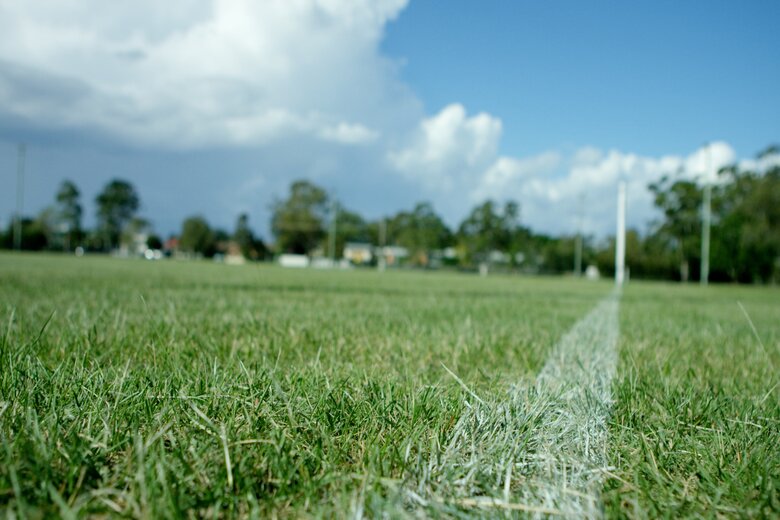
Hunter Water in collaboration with the NSW EPA has released a suite of best practice guidelines that will help local councils better design, manage and maintain their green open spaces.

The guidelines focus on public sports fields in the NSW Lower Hunter region but can be used by anyone involved in planning, designing, building and maintaining turf surfaces, the water corporation says.
Hunter Water says the region’s turf sports fields are under stress from population growth, increasing participation in sport, climate change and budget constraints.
Sixty four per cent of Lower Hunter’s 256 sports fields are in marginal or poor condition, including 41 per cent that are considered to be poor, according to the guide.
More than half the fields are compacted and suffering from issues including lack of soil depth and too much sand, and 35 per cent have waterlogging issues.
Irrigation assessments at 60 sites found design flaws in more than two thirds, and 70 per cent had poorly installed systems.
“In response to these pressures we have created the Best Practice Guidelines to help plan, design, construct and manage sporting fields and open space areas,” group manager business customers Ardie Morris says.
“The importance of green open spaces to local communities was evident during the 2019-20 drought and subsequent COVID-19 pandemic.
“The guidelines provide local community groups, organisations and councils with the tools to maintain these spaces.”
The evidence-based guidelines are divided into seven books containing comprehensive information on best practice, soils and turf, drainage, irrigation, planning, project delivery and maintenance.
The guidelines are available here.
Comment below to have your say on this story.
If you have a news story or tip-off, get in touch at editorial@governmentnews.com.au.
Sign up to the Government News newsletter